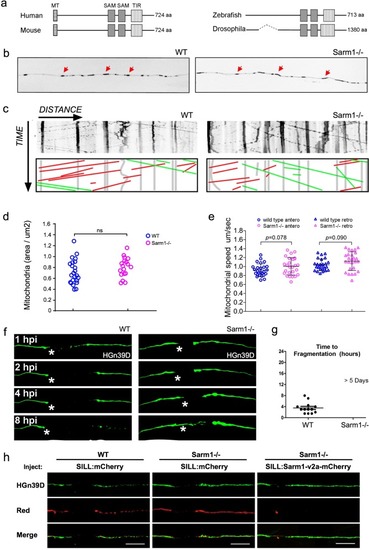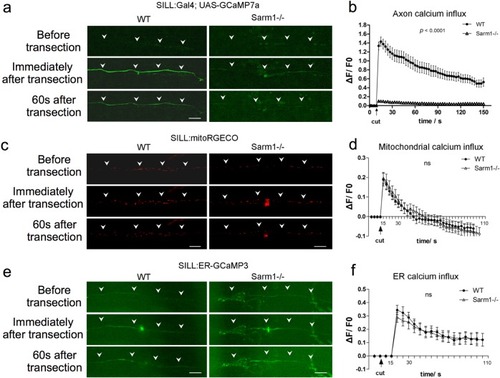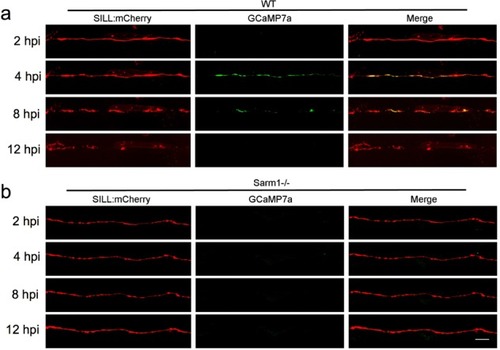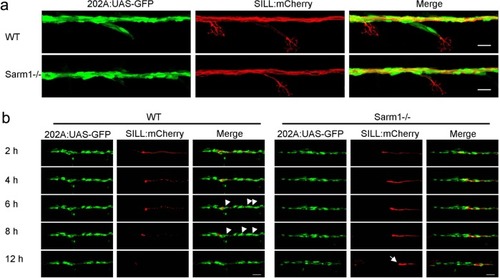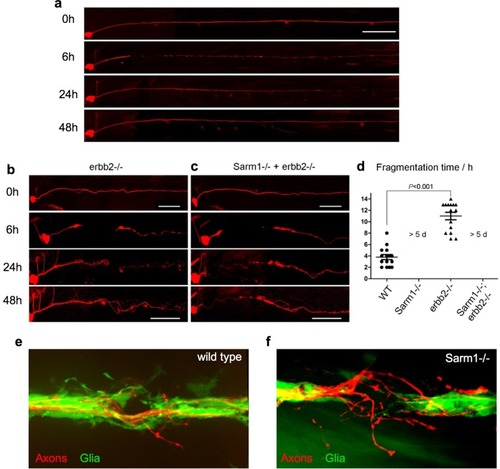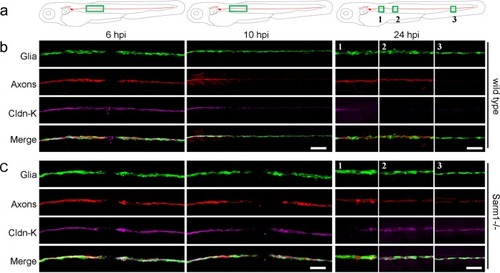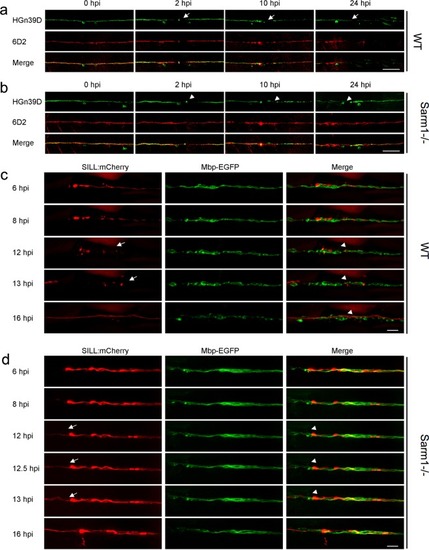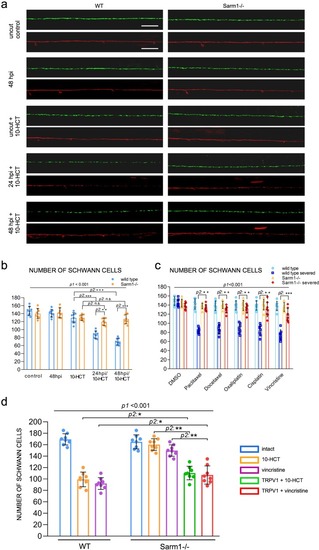- Title
-
Systemic loss of Sarm1 protects Schwann cells from chemotoxicity by delaying axon degeneration
- Authors
- Tian, W., Czopka, T., López-Schier, H.
- Source
- Full text @ Commun Biol
|
|
|
|
|
PHENOTYPE:
|
|
PHENOTYPE:
|
|
|
|
|
|
|
|
|
|
PHENOTYPE:
|

ZFIN is incorporating published figure images and captions as part of an ongoing project. Figures from some publications have not yet been curated, or are not available for display because of copyright restrictions. PHENOTYPE:
|

